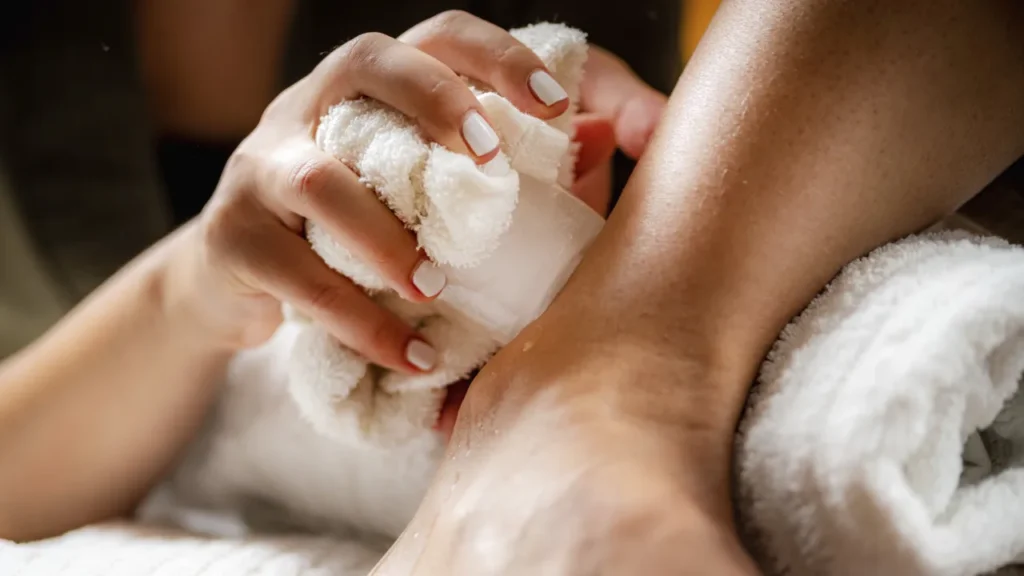The R.I.C.E Method: Still Relevant in 2025?

Absolutely! Here’s a fresh, modern blog post for your sports care website on:
🧊 The R.I.C.E Method: Still Relevant in 2025?
If you’ve ever rolled an ankle or tweaked a muscle, chances are someone told you to follow the R.I.C.E. method—Rest, Ice, Compression, Elevation. For decades, it’s been the gold standard for treating acute injuries.
But as sports medicine evolves, is the R.I.C.E. method still the best go-to? Or is it outdated in 2025?
Let’s break it down—what the science says, what’s changed, and what you should actually do after an injury.
🧠 Quick Recap: What Is R.I.C.E.?
R.I.C.E. stands for:
- Rest – Avoid movement to prevent further injury.
- Ice – Reduce inflammation and pain.
- Compression – Apply pressure to reduce swelling.
- Elevation – Raise the injured area above heart level to minimize swelling.
For years, this was the first-line treatment for sprains, strains, and acute soft tissue injuries. It made sense: control the damage, reduce inflammation, and get back to action.
🚨 What’s Changed?
New research over the past decade has challenged the role of rest and icing, especially in the long-term healing process.
❗ The Issues:
- Too much rest may slow healing by limiting blood flow and muscle activation.
- Excessive icing may reduce pain but also delay recovery by interfering with the natural inflammation and repair process.
- Inflammation isn’t always bad—it’s actually part of your body’s healing response.
In fact, Dr. Gabe Mirkin, the doctor who originally coined R.I.C.E. in 1978, publicly stated in recent years that he no longer recommends it as a universal solution.
🧬 What’s Replacing R.I.C.E.?
✨ Meet: P.E.A.C.E. & L.O.V.E.
Modern sports rehab has evolved to embrace two newer acronyms:
P.E.A.C.E. (For the immediate phase)
- Protection
- Elevation
- Avoid Anti-inflammatories
- Compression
- Education
This focuses on protecting the area without over-resting, avoiding unnecessary meds, and educating patients about active recovery.
L.O.V.E. (For the recovery phase)
- Load
- Optimism
- Vascularization
- Exercise
This encourages progressive loading, staying mentally positive, improving circulation, and gradually getting back to movement.
✅ So… Is R.I.C.E. Still Useful?
Yes, but with limitations.
R.I.C.E. still has value immediately after injury to manage pain and reduce severe swelling, especially in the first 24–48 hours. But it’s no longer the whole story.
🧠 Updated Guidelines (2025 Style):
| Phase | What to Do | Why |
|---|---|---|
| 0–48 hours | Use R.I.C.E. lightly (mainly ice & compression) | Manage pain & swelling |
| Day 2+ | Shift to gentle movement, light loading | Stimulate healing |
| Recovery phase | Follow L.O.V.E. (gradual exercise, mindset, circulation) | Full recovery & return to sport |
🏁 Final Thoughts
R.I.C.E. is no longer the one-size-fits-all solution it once was. In 2025, we now know that movement, mindset, and smart loading are just as important as ice and rest. Think of R.I.C.E. as the starting point, not the entire plan.
Need help creating a recovery plan tailored to your injury? Our sports care specialists can guide you through every phase—P.E.A.C.E., L.O.V.E., and everything in between.
Want me to include visuals like a R.I.C.E. vs. P.E.A.C.E./L.O.V.E. comparison chart or SEO keywords and meta description for this article?

Post Comment